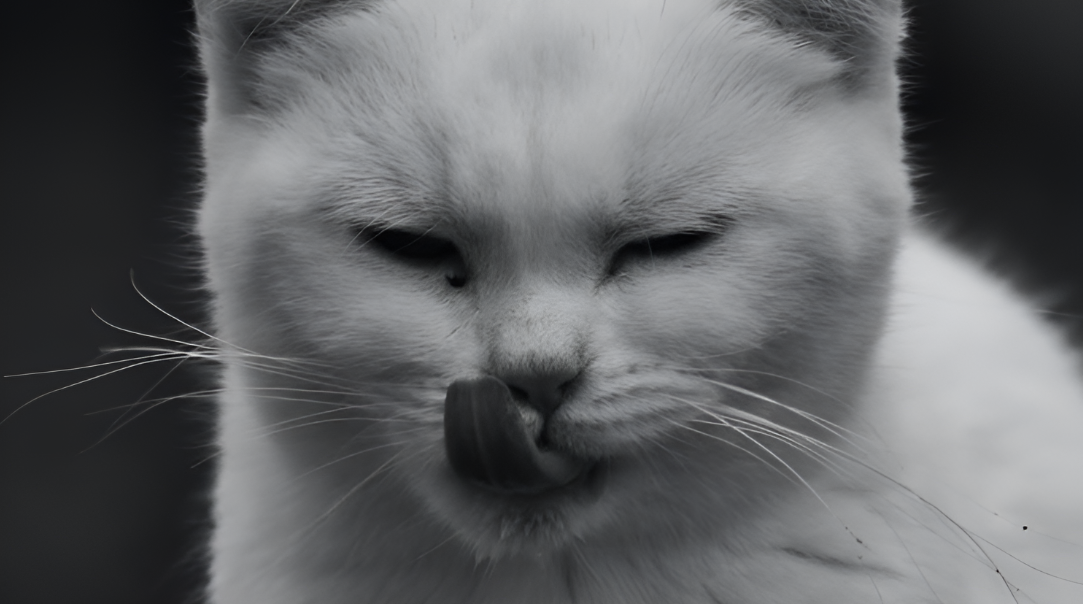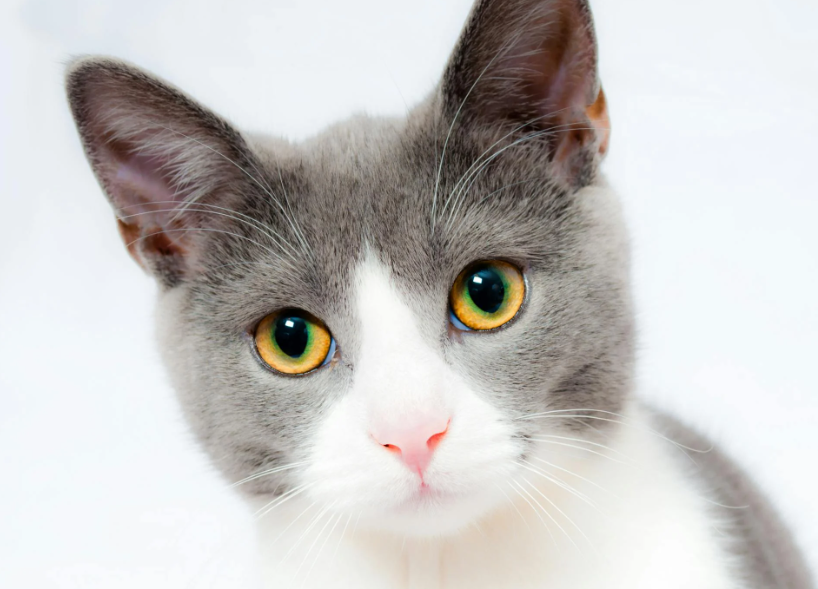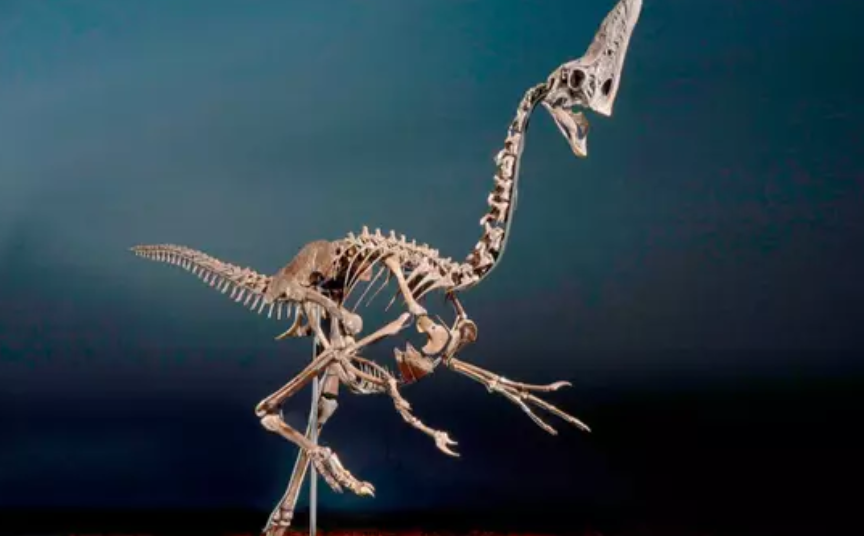Left Paw, Right Paw: What Your Cat’s Preference Might Reveal!

© Altaf Shah / Pexels
Cats are often seen as mysterious creatures, but recent research has uncovered a fascinating aspect of their behaviour: paw preference. A study conducted by scientists at Queen’s University Belfast has revealed that, much like humans, they exhibit a preference for using one paw over the other. Interestingly, this preference appears to be influenced by the pet’s sex.
The Study: Observing Everyday Feline Behaviour
The research involved 44 domestic cats—24 males and 20 females—observed in their home environments over a three-month period. Owners recorded which paw their pets used when descending stairs, stepping into litter boxes, and reaching for food in a specially designed feeding tower. Each behaviour was noted 50 times per pet to ensure consistency.

The findings were intriguing:
- 73% of cats showed a paw preference when reaching for food.
- 70% preferred a specific paw when stepping down stairs.
- 66% had a favoured paw for entering the litter box.
Notably, the majority maintained the same paw preference across these different tasks.
Sex Differences in Paw Preference
The study uncovered a significant correlation between a cat’s sex and its dominant paw:
- Male cats were more likely to be left-pawed.
- Female cats tended to be right-pawed.
This distinction was consistent across the various tasks observed. While the exact reason for this difference remains unclear, it suggests that sex may play a role in the lateralisation of feline brain function.
Implications for Understanding Cat Behaviour
Understanding a cat’s paw preference could offer insights into its emotional and psychological well-being. Dr. Deborah Wells, co-author of the study, notes that left-limbed animals, which rely more heavily on their right hemisphere for processing information, tend to exhibit stronger fear responses and may cope less effectively with stress. This suggests that its dominant paw could be linked to its temperament and stress levels.
Why This Matters to Cat Owners
For cat owners, being aware of their pet’s paw preference can enhance understanding of their behaviour and needs. Recognizing whether a cat is left- or right-pawed might help in tailoring interactions, training, and environmental enrichment to suit their natural inclinations. Moreover, it adds another layer to the complex and fascinating personalities of our feline companions.

The discovery of paw preference in cats, influenced by sex, opens new avenues for understanding feline behaviour and brain function. While more research is needed to fully comprehend the implications, this study provides a valuable glimpse into the lateralized world of our domestic cats. So, the next time your cat reaches out a paw, take note—it might reveal more than you think.
You might also want to read: The UK Detects Its First Case of a Deadly Cat Virus


